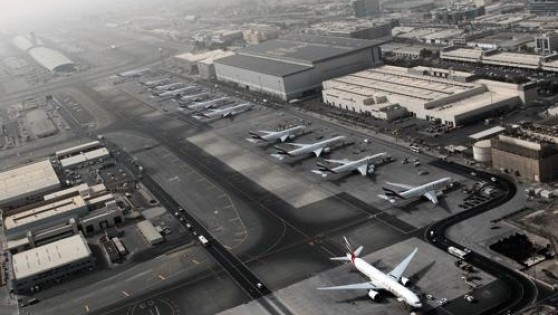Sky’s the limit for aviation growth
Fadi Majdalani
Fadi Majdalani is a board member at Alsulaiman Group and a former senior partner at Strategy& (PwC), where he led various industry practices and human capital policies in the Middle East. He co-founded Delta Capital, a private equity firm, and previously worked at Oracle Systems and Booz Allen Hamilton. Fadi holds an MBA from Harvard, a Master’s in Civil Engineering from MIT, and a Bachelor’s in Civil Engineering from the American University of Beirut.
Alessandro Borgogna
Alessandro Borgogna is a Partner with Strategy& and a member of the firm’s Industrial Manufacturing and Automotive team in the Middle East.Alessandro holds a university degree in aerospace engineering from the University of Naples Federico II in Italy; and an MBA in finance and business development from SDA Bocconi School of Management in Italy and UCLA Anderson School of Management in the U.S.
Loenardo Monti
MontiCo aggregates a network of senior management consultants and technical experts to provide customized, impactful, and business-relevant recommendations and support services. We work with start-ups, SMEs, and large multinationals to develop integrated solutions and maximize investment impact. Our flexible approach includes deliverable-driven, effort-driven, or performance-based arrangements. We partner with innovative regional firms to ensure effective knowledge transfer and technology implementation in the GCC-MENA region.

